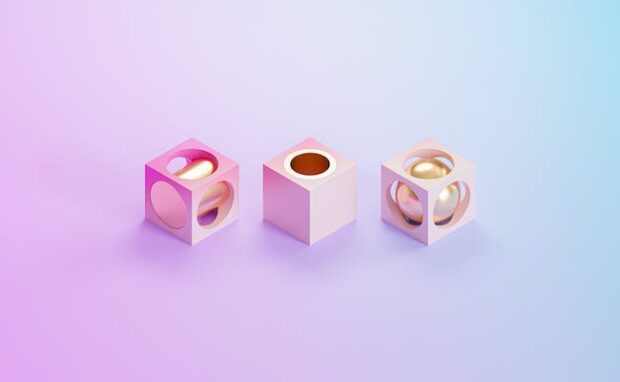Advanced 3D printer can use materials unusable before
MIT researchers, MIT spinout Inkbit, and the Federal Institute of Technology Zurich created an advanced 3D printing machine that works with previously unusable materials. It uses computer vision and lasers to scan 3D printing surfaces to adjust the amount of resin it deposits in real-time.
Modern 3D printing technology is already impressive with its ability to turn your ideas into tangible, plastic products. What if you wanted to create something with other materials? The Massachusetts Institute of Technology might make that possible soon. As a result, it could change how we produce objects for numerous applications.
This article will explain what makes MIT’s advanced 3D printer stand above similar machines. Later, I will discuss the capabilities of modern 3D printing technology.
How does the advanced 3D printer work?
The MIT study created an advanced 3D printer from an existing, cheaper one called MultiFab that the researchers introduced in 2015. It uses thousands of nozzles to deposit tiny resin instead of only one.
This unique setup enables high-resolution 3D printing with up to 10 materials at once. More importantly, it uses a new technique called vision-controlled jetting.
It uses four high-frame-rate cameras and two lasers that scan the print surface continuously and rapidly. The former captures and compiles pictures into a high-resolution depth map in less than a second.
Then, the system compares the depth map to the CAD (computer-aided design) model of the part the advanced 3D printer fabricates. Also, it adjusts the amount of resin it deposits to keep the object on target with the final structure.
The automated system can adjust any of its 16,000 nozzles, letting it control the fine details of the object it’s fabricating. “Geometrically, it can print anything you want made of multiple materials,” said Robert Katzschmann, Ph.D., one of the study’s co-authors.
You may also like: Professor recycles coffee as 3D printing material
“There are almost no limitations in terms of what you can send to the printer, and what you get is truly functional and long-lasting,” he added. It is so precise that it can print intricate cavities and channels with wax.
The advanced 3D printer also uses thiol-based materials, which take more time to cure than traditional acrylic materials. However, the thiol-based ones are more elastic and don’t break as easily as acrylates.
They also tend to be more stable over a wider range of temperatures and take longer to degrade under sunlight. “These are very important properties when you want to fabricate robots or systems that need to interact with a real-world environment,” stated Katzschmann.
What can modern 3D printing technology do?

Perhaps one of the most impressive applications of 3D printing is its developing ability to build homes on the Moon. Believe it or not, NASA plans to 3D print lunar structures.
The space agency wants to establish communities on the Earth’s ancient satellite. However, bringing too many materials and equipment could make it difficult to launch a lunar craft.
NASA partnered with the construction technology company ICON for a solution. Consequently, it devised a way to use lunar soil as concrete for its 3D printing home construction.
It will mix that out-of-this-world material with concrete on-site to print everything from shelters to rocket landing pads. ICON CEO Jason Ballard said, “It’s a surprisingly natural progression if you are asking about the ways additive construction and 3D printing can create a better future for humanity.”
Another 3D printing project from MIT makes it easier for everyone to create unique models. Faraz Faruqi, a Massachusetts Institute of Technology computer science graduate, realized 3D printing has become more accessible.
You may also like: World’s most powerful X-ray laser fired
However, most beginners don’t have enough expertise to optimize customizations. That is why Faraz Faruqi created his AI 3D printing software. “Style2Fab would make it very easy to stylize and print a 3D model, but also experiment and learn while doing it.”
The software uses deep-learning algorithms that divide a 3D model into aesthetic and functional segments. Faruqi and his colleagues started the project by studying objects in free online repositories like Thingiverse.
That enabled them to understand the decorative and functional parts of 3D models. “We quickly saw that the purpose of a 3D model is very context-dependent, like a vase that could be sitting flat on a table or hung from the ceiling with string.”
Conclusion
MIT researchers created an advanced 3D printer that can use a wider range of materials. Also, its computer vision and laser scanning let it print with unprecedented precision.
This technology has been progressing rapidly along with artificial intelligence and other innovations. Soon, it may transform how we create things worldwide.
Learn more about this advanced 3D printing technology from its Nature webpage. Also, check out the latest digital tips and trends at Inquirer Tech.